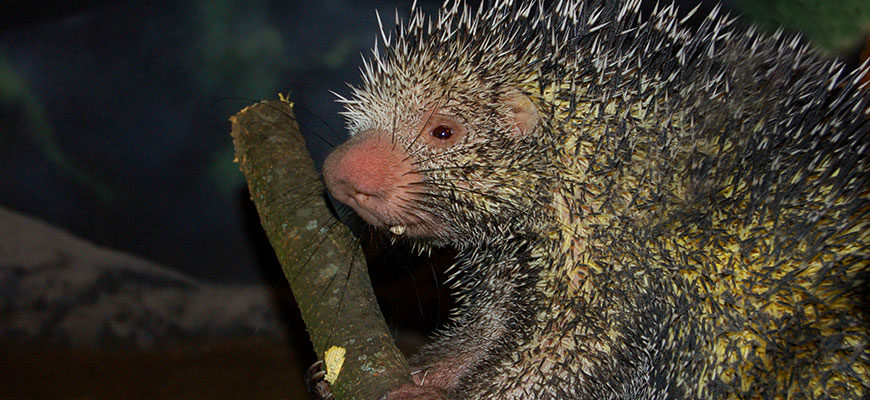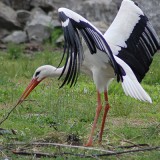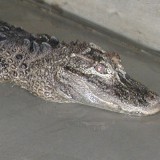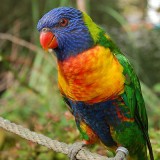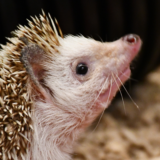RANGE
Venezuela, Guiana, Brazil, Bolivia, Paraguay, Trinidad, and some extreme northern sections of Argentina
HABITAT
These porcupines live in forests between 500 – 8200 feet in elevation.
SIZE
Body length is between 12 – 24 inches. Dorsal side is covered with short spines. Coloration of dorsal side varies from yellow to black. Feet are reflective of their arboreal lifestyle, with long-clawed digits. They weigh 4 to 11 pounds. Their tails are almost as long as their bodies, adding another 13 – 19 inches.
DIET
Wild: Leaves, flowers, shoots, roots, and the cambium layer found beneath the bark of some trees
Zoo: The porcupines’ Zoo diet includes a fruit and vegetable mix, and rodent chow.
REPRODUCTION
Gestation lasts 203 days, after which one young is born. Young weigh 415 grams at birth and can climb almost immediately. Weaning occurs after 10 weeks, adult size is reached in less than a year, and sexual maturity (for females) is achieved in 19 months. Females mate right after young are born.
BEHAVIOR
These porcupines use their prehensile tails for grasping and hanging. These tails have no spines, and the upper side near the end has a callus pad.
Otherwise solitary or paired they can be found in small social groups during the day.
They sleep during the day in the upper canopy of trees, but they have also been found resting on lower limbs and in hollow trunks and lower burrows.
FUN FACTS
In the wild, prehensile-tailed porcupines can be pretty tough. They have been known to bite and hit those who attack or try to capture them. They stamp their hind feet when excited and curl up in a ball if caught. They also sit on their haunches, shake their spines, and emit both deep growls and high-pitched cries.
Prehensile-tailed porcupines are used as food in many parts of South America.
STATUS
Not currently endangered, although habitat destruction affects them adversely.
REFERENCES
- http://animaldiversity.ummz.umich.edu/site/accounts/information/Coendou_prehensilis.html
- https://nationalzoo.si.edu/animals/prehensile-tailed-porcupine

